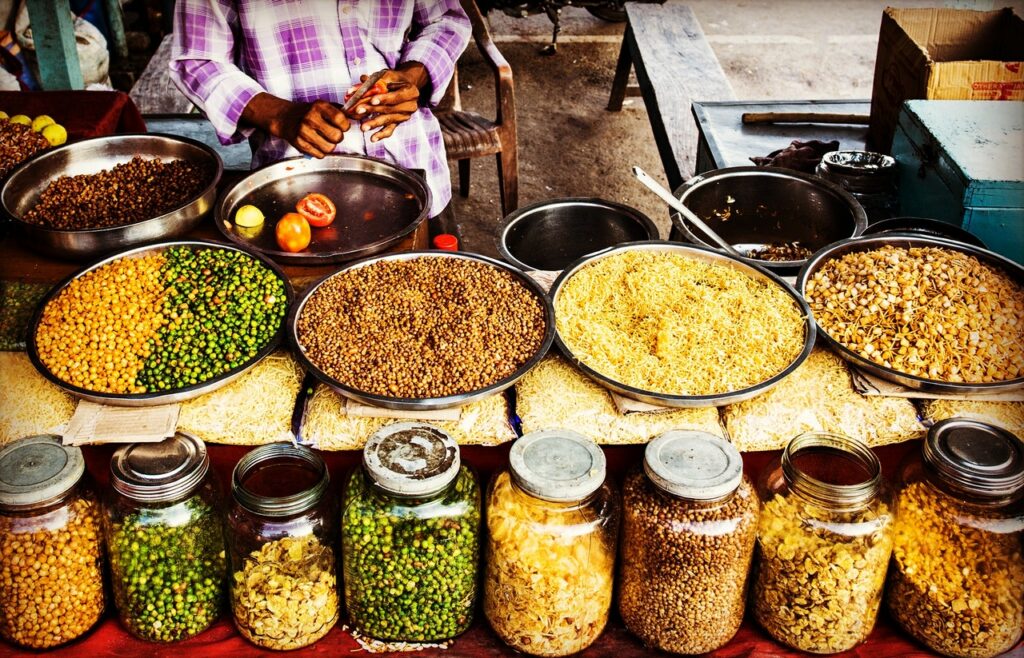
Although the contribution of indian agricolture in the gross domestic product (GDP) has reduced to less than 20 per cent and contribution of other sectors increased at a faster rate, agricultural production has grown. Increasing population, increasing average income and globalisation effects in India will increase demand for quantity, quality and nutritious food, and variety of food. Therefore, pressure on decreasing available cultivable land to produce more quantity, variety and quality of food will keep on increasing.
India is blessed with large arable land with 15 agro-climatic zones as defined by ICAR, having almost all types of weather conditions, soil types and capable of growing a variety of crops and for this reasons India is the top producer of milk, spices, pulses, tea, cashew and jute, and the second-largest producer of rice, wheat, oilseeds, fruits and vegetables, sugarcane and cotton. In spite of all these facts, the average productivity of many crops in India is quite low. The country’s population in the next decade is expected to become the largest in the world and providing food for them will be a very prime issue.
Future of agriculture is a very important question for the planners and all other stakeholders and there is a need for work on cost-effective technologies with environmental protection and on conserving our natural resources. Many startups in agriculture by highly educated young ones show that they are able to understand the high potential of putting money and efforts in this sector. Cumulative effects of technology over the next decade will change the face of agriculture. All the constraints in agriculture make the productivity and returns complex but still a high untapped potential is there in India’s agriculture sector and many efforts are being done to convert all the challenges in agriculture into opportunities and this process is the future of agriculture.
Question arises whether farmers will be able to make use of modern technologies in a country where education, holding size, infrastructure, low level of technology adoption and many other constraints are there.
For further information visit: https://www.downtoearth.org.in/blog/agriculture/the-future-of-indian-agriculture-75384

